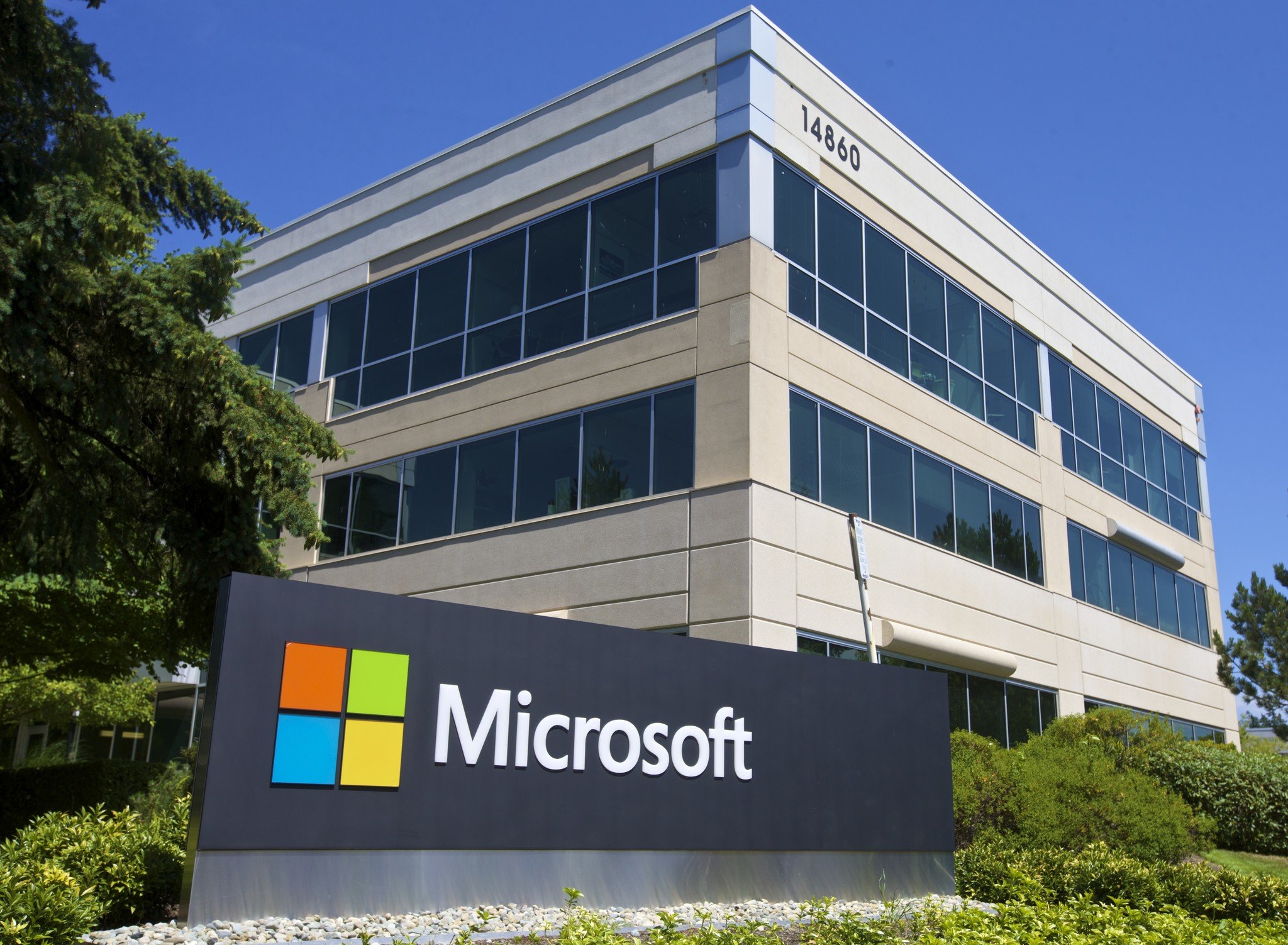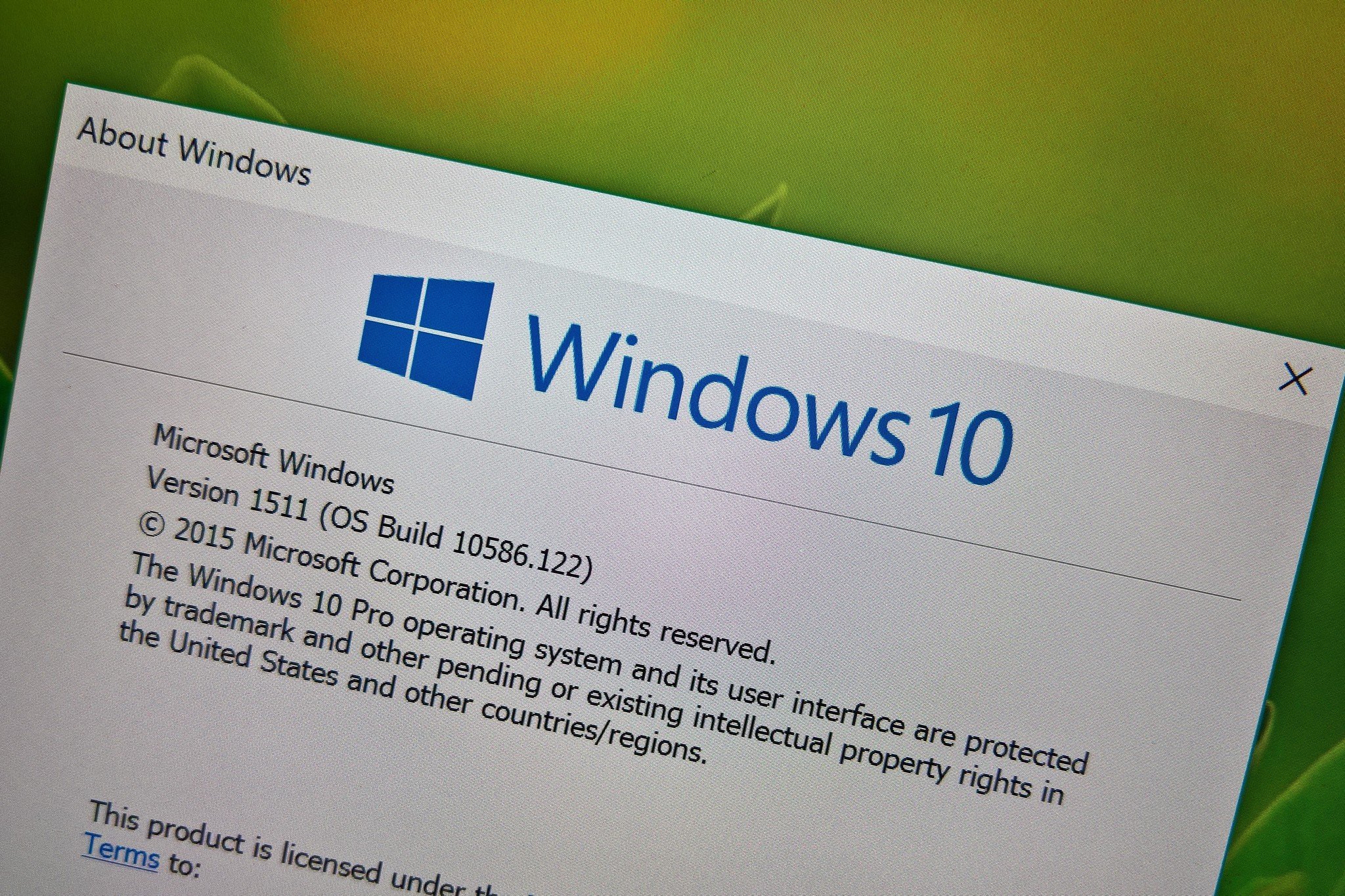Following Kaspersky complaint, Microsoft outlines approach to antivirus coverage

Following recent complaints from antivirus firm Kaspersky regarding what it sees as anticompetitive practices in Windows 10, Microsoft has taken to a blog post to outline its approach to antivirus coverage. And while the post doesn't mention Kaspersky by name, it does address one the bigger complaints levied at Microsoft (via The Verge).
In a recent blog post accompanying its filing of antitrust complaints in the EU, Kaspersky stated that one of its main issues concerned Microsoft's practice of removing third-party antivirus software after an update if it is deemed incompatible. In its place, Windows Defender is switched on in order to maintain constant coverage. Though Microsoft claims around 95 percent of PCs already had compatible antivirus software installed when moving to the most recent Windows 10 feature update, the Creators Update, the company did acknowledge that a certain portion of applications were disabled.
For the small number of applications that still needed updating, we built a feature just for AV apps that would prompt the customer to install a new version of their AV app right after the update completed. To do this, we first temporarily disabled some parts of the AV software when the update began. We did this work in partnership with the AV partner to specify which versions of their software are compatible and where to direct customers after updating.
One of Kaspersky's other central complaints was that Microsoft doesn't give software vendors enough time to ensure their applications are compatible with major updates before they are released. Microsoft's response doesn't exactly directly combat this point, but the company does note that it is actively engaged with other vendors.
We also know that Window customers value choice and that is why we actively engage with and support a community of over 80 independent software vendors through the Microsoft Virus Initiative (MVI) program. This engineering program enables us to share key technical details of Microsoft technologies with our AV partners to collaborate on future directions and problem solve on existing security challenges to protect our shared customers from malicious software.
Microsoft's defense comes from its position that Windows 10 users should have always-on protection. As it explains, that involves using the built-in Windows Defender as a fallback when any third-party antivirus is out of date or expired. Despite its stated intentions, that approach is apparently leading to some of the friction described in Kaspersky's recent blog post.
All the latest news, reviews, and guides for Windows and Xbox diehards.

Dan Thorp-Lancaster is the former Editor-in-Chief of Windows Central. He began working with Windows Central, Android Central, and iMore as a news writer in 2014 and is obsessed with tech of all sorts. You can follow Dan on Twitter @DthorpL and Instagram @heyitsdtl.
